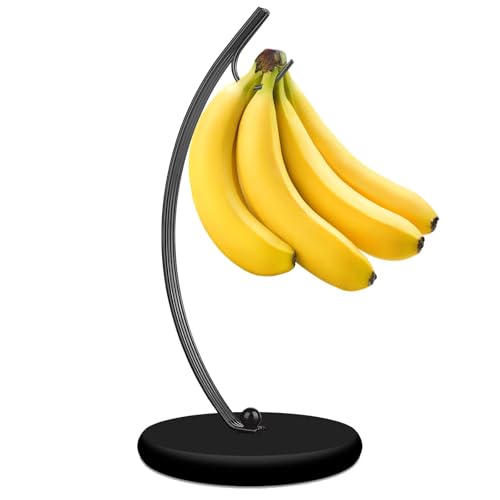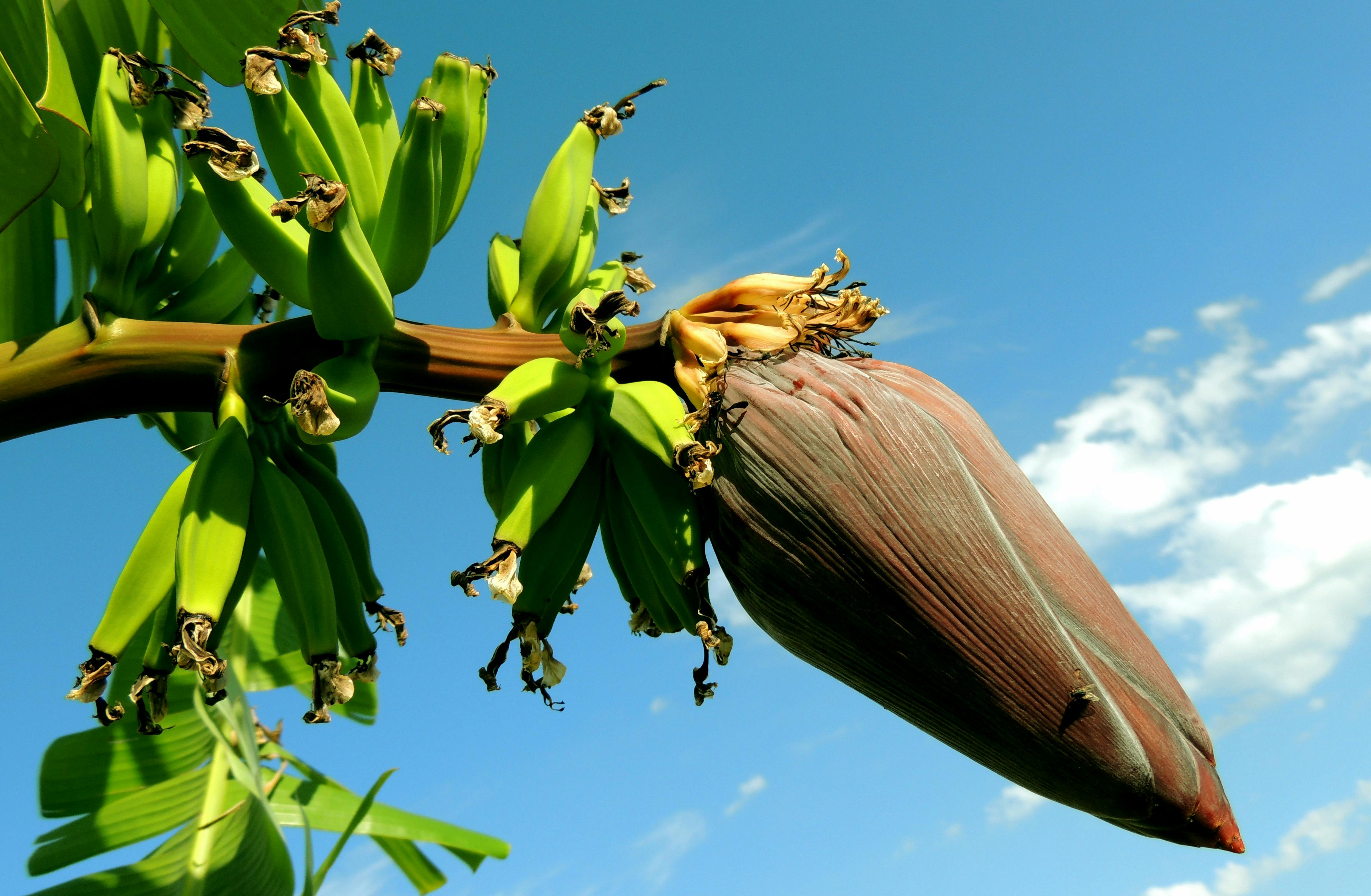Banana squash is a nutritious and versatile vegetable that is loved by many. Whether you’re a seasoned gardener or a curious beginner, knowing how to tell when banana squash is ripe and ready for harvest is essential to enjoying its delicious flavor and health benefits.

In this article, we will cover everything you need to know about banana squash, including its introduction and importance, when to plant and how long it takes to grow, indications to look for when it’s ready to pick, and tips for harvesting and storing. Our goal is to inform and empower readers with the knowledge and confidence to harvest and enjoy this amazing vegetable. So, if you want to learn more about banana squash and how to grow and harvest it like a pro, keep reading!
An Introduction to Banana Squash and Its Importance.
Banana squash, also known as Cucurbita maxima, is a winter squash that is often overlooked in the produce section. Despite its name, it is not related to bananas at all. Instead, it gets its name from its elongated shape that resembles a giant banana.

While relatively unknown compared to other types of squash, banana squash should not be underestimated in terms of nutritional value and versatility in cooking. It is an excellent source of fiber and essential vitamins such as vitamin A and C.
In addition to being nutrient-dense, banana squash can be used in a variety of dishes from soups to pies. Its sweet flavor pairs well with spices like cinnamon and nutmeg for a delicious fall treat.
But beyond its culinary benefits, banana squash also has cultural significance for Native American communities who have been growing and consuming this type of winter squash for centuries. It serves as an important food source during the long winter months when fresh produce may not be readily available.
By learning more about banana squash and incorporating it into our diets, we can not only expand our palate but also support sustainable farming practices and honor the cultural heritage associated with this unique type of winter squash.
When to plant and how long it takes for banana squash to grow.
Banana squash, also known as winter squash, is a versatile and delicious vegetable that can be enjoyed in a variety of dishes. The timing of when to plant banana squash depends on your location and climate.
In general, banana squash should be planted in the spring after all danger of frost has passed. The seeds need warm soil to germinate and grow properly. Ideally, the soil temperature should be between 60-65°F before planting.
Once planted, banana squash can take anywhere from 80-120 days to mature depending on the variety. It’s important to give them enough space to grow and provide regular watering throughout the growing season.
If you’re looking for a quicker harvest time, there are some varieties that have been developed specifically for shorter growing seasons. These “early maturing” varieties can take as little as 70 days from planting to maturity.
Overall, with proper care and attention, growing banana squash can be a rewarding experience for any home gardener or farmer looking for a new addition to their crop rotation.
Indications to look for when banana squash is ready to be harvested.
Banana squash is a unique and delicious vegetable that is popular among many households. However, knowing when to harvest it can be a challenge for inexperienced gardeners. There are several indications to look for when banana squash is ready for harvest.

Firstly, the skin of the squash should be tough and hard. If you press your fingernail into the skin and it leaves an indentation, then the squash is not yet ready for harvest. The skin should also have a dull appearance with no visible shine or gloss.
Another indication to look for is the size and weight of the fruit. A ripe banana squash will be heavy and bulky, indicating that it has reached its full potential size. If you notice any blemishes or discoloration on the surface of the fruit, this may indicate that it has been damaged during growth or storage.
Lastly, check if there are any signs of withering on either end of the fruit stem where it attaches to the vine. This indicates that nutrients are no longer flowing through this part of the plant which means that harvesting at this point in time would be best before rotting occurs.
In conclusion, knowing when to harvest your banana squash can greatly affect its taste and quality in dishes prepared from them . By understanding these indications mentioned above , you’ll have better success in determining when your bananasquash is ripe enough to pick off without damaging its overall value .
Tips for harvesting and storing banana squash.
Banana squash is a delicious and nutritious vegetable that can be enjoyed in a variety of ways. However, harvesting and storing this type of squash can be a bit tricky. Here are some tips to help you get the most out of your banana squash.
First, it’s important to wait until the squash is fully mature before harvesting it. Look for signs like a hard rind and a dull, matte color. Once you’ve determined that the squash is ready, use pruning shears or a sharp knife to cut it from the vine.

« is banana worth watching
Uncovering the Intriguing Similarities Between Banana and Mango Leaves »
Next, make sure to handle the squash carefully during transport and storage. Banana squash can be quite heavy, so it’s important to support its weight as you move it around. Be gentle when placing it in storage as well – any bumps or bruises could lead to spoilage down the line.
When storing banana squash, keep it in a cool dry place like a root cellar or basement. Avoid areas with high humidity or fluctuations in temperature – this could cause mold or rotting over time.
Finally, don’t forget about your banana squash! They make great additions to stews, soups, curries and more- so try experimenting with different recipes for added flavor! With these tips in mind,you’ll be able to enjoy your banana squashes for weeks on end!
Check out our other articles to find out even more about banana.
Banana squash is a nutritious and delicious food that can easily be grown in even the smallest backyard space. Knowing when to pick it, how to harvest it, and store it are all important steps for ensuring you get the most out of your banana squash plants. With just a little bit of knowledge about this versatile fruit, you’ll have plenty of reasons to start growing some banana squash right away! Check out our other articles to find out even more about bananas and appreciate them as much as we do!















